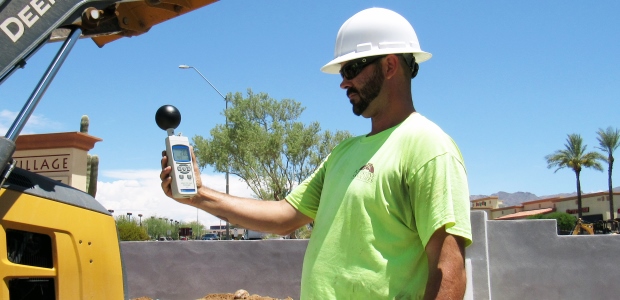
By Richard Stauber
In 2014 alone, 2,630 workers suffered from heat illness and 18 died, according to the U.S. Department of Labor.

By Jerry Laws
The pre-conference program identifies 10 technical sessions as "hot topics" for this year—and they look very promising.
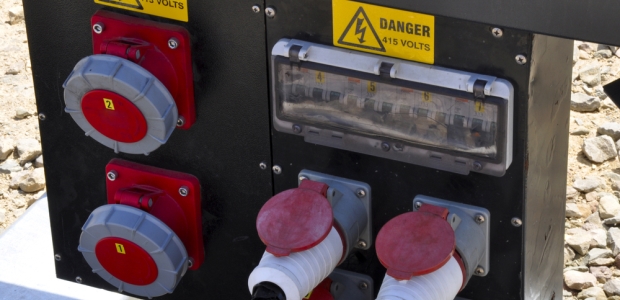
By Wesley L. Wheeler
If planned properly, many components that will be a part of the permanent and final installation could be a part of the overall temporary power for the project.

By Karen D. Hamel
Be prepared to communicate. This is an element of response that is often overlooked and needs to be continually practiced.
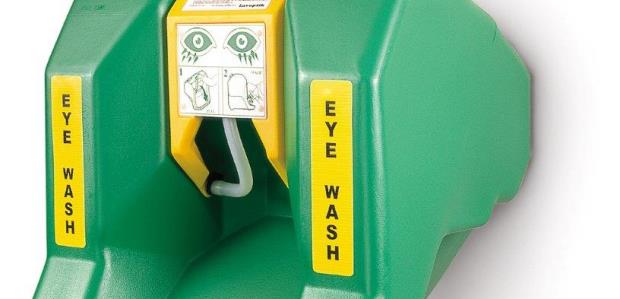
By Mary Padron, Michael Bolden
The ANSI Z358.1-2014 standard serves as a benchmark within the United States and also internationally to help protect workers from eye injuries from caustic and corrosive substances.
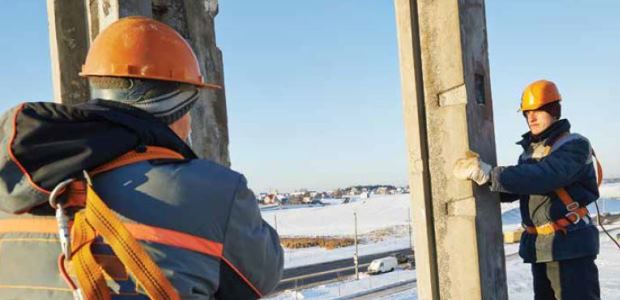
By Karen D. Hamel
Allowing time for workers to acclimate to working in cold weather and limiting the length of outdoor shifts help prevent cold-related injuries. The right types of protective clothing are also essential.
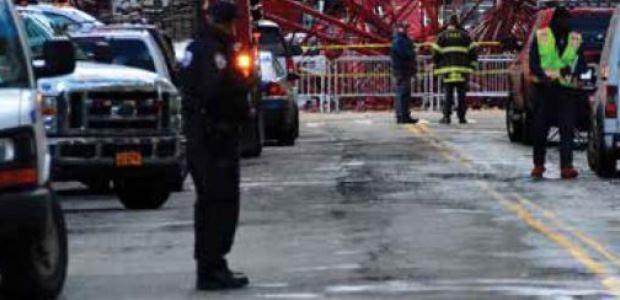
By Matt Holden
From OSHA's National Safety Stand-Down to bridge collapse investigations and trenching hazards, the construction industry can learn from mistakes in order to boost its safety performance.
By Robert Pater
Positive expectations are definitely helpful—as long as they're in balance.
By Shawn M. Galloway
Often, employees who have been injured develop serious attitudes about safety and have great credibility when they speak about safety to others.
By Jerry Laws
The registration of food facilities has long been considered a key component of food safety.